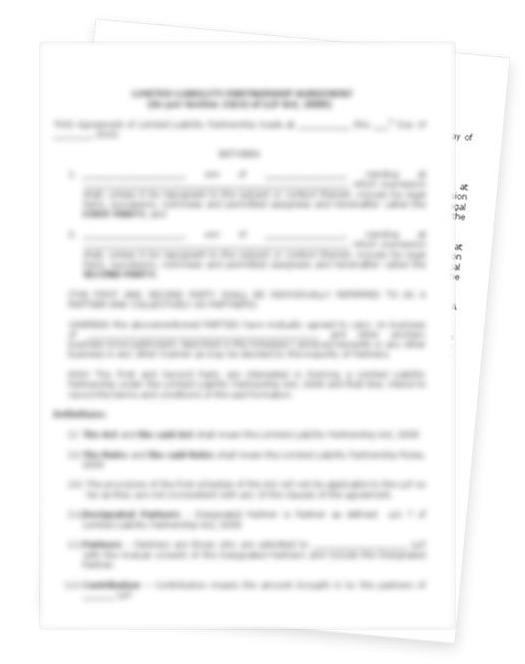
Get a Quote
Get a Quote and Find Services to Fit Your Needs 50000+ Satisfied Clients
5000+ Licenses & Registration
15 Branches across India
75 Years + Combined experience

A Cheque Bounce, formally termed a Cheque Non-Payment, is a severe offense in India. The offense is punishable under the Negotiable Instruments Act with defaulter’s imprisonment, fine, or both.
If a cheque bounces, then the beneficiary from the cheque must present the cheque issuer with a cheque bounce notice within 30 days of its return. The check bounce notice is issued to protect the beneficiary’s rights under Section 138 of the NI Act.
A cheque bounce notice is a serious intimation to the cheque issuer by the cheque beneficiary. The beneficiary will take legal action against the issuer if the cheque payment is not transacted immediately. Every check beneficiary must validate its cheque bounce notice by containing references from Section 138, Negotiable Instruments Act.
These references include information about the cheque presentation time, reasons for non-realization of payment, and a request to the cheque issuer to arrange payment immediately through alternate means. A Beneficiary must issue the notice within 30 days of its return. You can download the legal notice sample format for Cheque Bounce in Word from our website. It is also attached to this web page.
You can connect with the Registrationwala to draft your cheque bounce notice. If you have drafted the cheque bounce notice, then you can print it on white paper or a company’s letterhead. Finally, you can deliver it to the bounced cheque issuer.
The cheque bounce notice must contain the following:
Sending the Check Notice
The beneficiary must send the notice through a registered post so as to record the date of issuing the notice formally. The cheque beneficiary must retain one copy of the notice and send the other to the cheque issuer.
You can download the legal notice sample format for Cheque Bounce in Word from our website. It is also attached to this web page. You can also download the legal notice format for cheque dishonor English in pdf.
The Cheque beneficiary must satisfy the following eligibilities before issuing a cheque bounce letter and initiating a legal recourse:
Cheque’s Liability: The beneficiary must provide the cheque towards a liability.
Cheque Validity: The beneficiary must present the cheque with a validity period of 6 months.
Cheque Refusal: The Bank must have refused the issued cheque to enchase due to insufficient funds or incorrect information.
Issuing Notice: The payee must make a demand for the payment by giving a cheque bounce letter. The beneficiary must issue the notice in writing within one month of receiving intimation from the Bank that funds are insufficient.
Payment Failure: The drawer fails to pay the amount within 15 days of receiving the notice.
Legal Action: The beneficiary can initiate a legal action within one month from the arousal of the cause-of-action.
You can download the legal notice sample format for Cheque Bounce in Word from our website. It is also attached to this web page. You can also download the legal notice format for cheque dishonor English in pdf.
The steps for the legal course are as follows:
Issuing Cheque Bounce Notice
Check Return Notice Format: The payee must issue the notice to the defaulter within 30 days of the cheque’s dishonor by post, registered or speed, acknowledgement due. The payee must ensure that the notice is in a proper format, with the following information:
Filing Criminal Case
If the defaulter fails to pay the amount within 15 days of notice, then the payee will file a criminal case within one month from the notice’s expiry in court. The payee can file the cheque bounce complaints in a court of a city where the cheque was presented.
Court Hearing
Once the payee files, the court will send a summons and hear the case under Section 138 of the Negotiable Instruments Act. The court will condition the cheque defaulter to submit surety and appear before it till the matter’s resolution.